I like exploring. A few months ago I finished a major contract, so I took the opportunity to do an adventure I’ve wanted to do for some time: backpacking across the Seto Inland Sea in Japan and exploring its tiny little rural islands.
(Warning: this post is image-heavy.)
Click the map to see at full scale:


Hiroshima
I started the trip doing 100% standard tourism around Hiroshima City. Turns out it’s a really nice city.
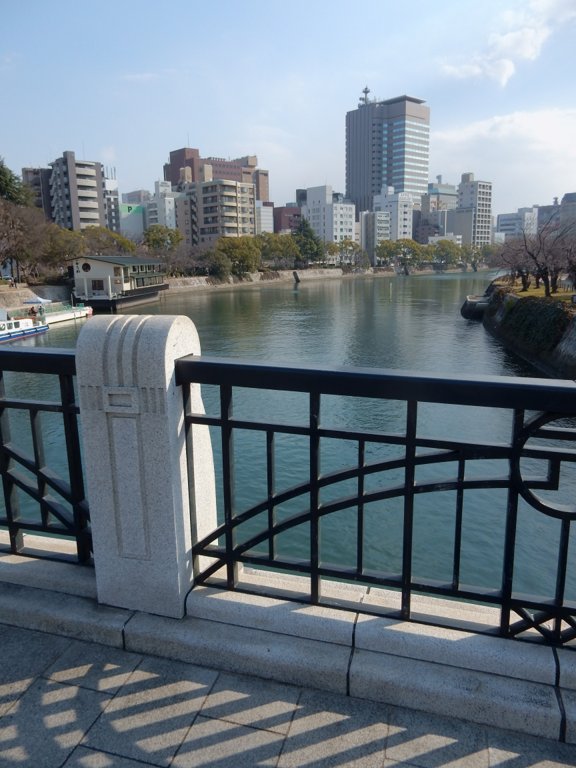
Of course, it’s also famous for the nuclear bomb attack.
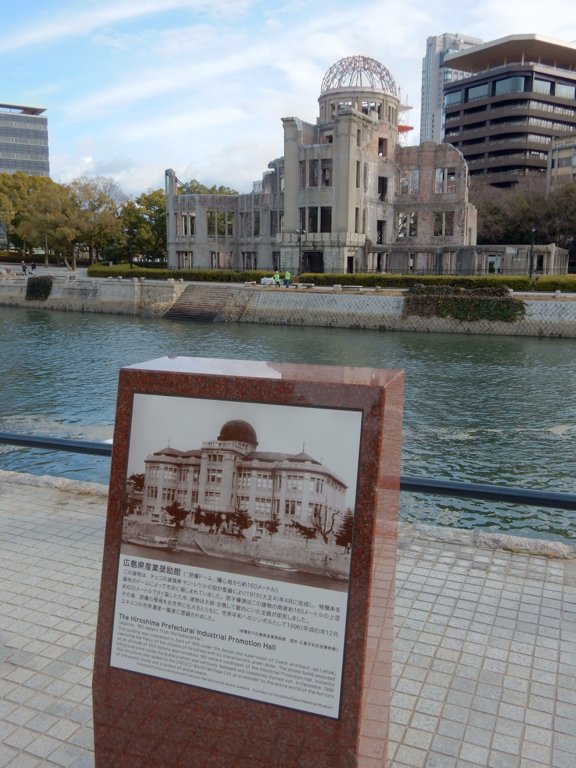
Paper cranes in Hiroshima’s Peace Park:
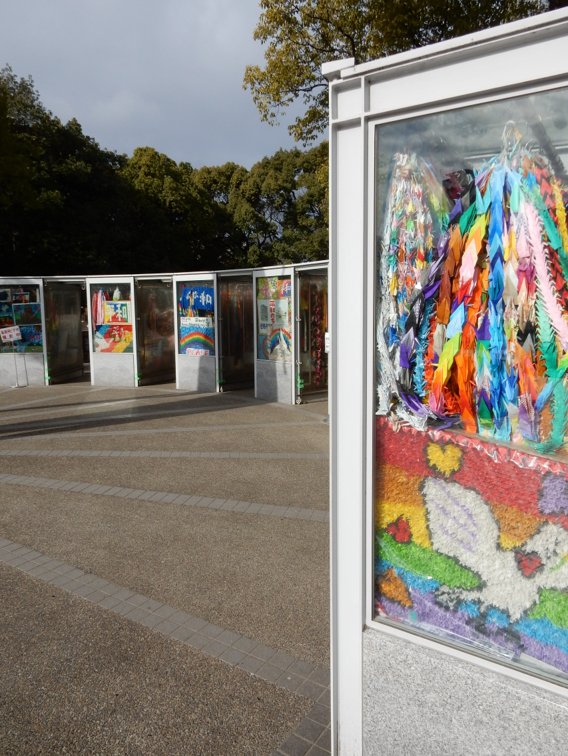
The Hiroshima tram system is popular with train spotters because trams from all generations run on it every day.
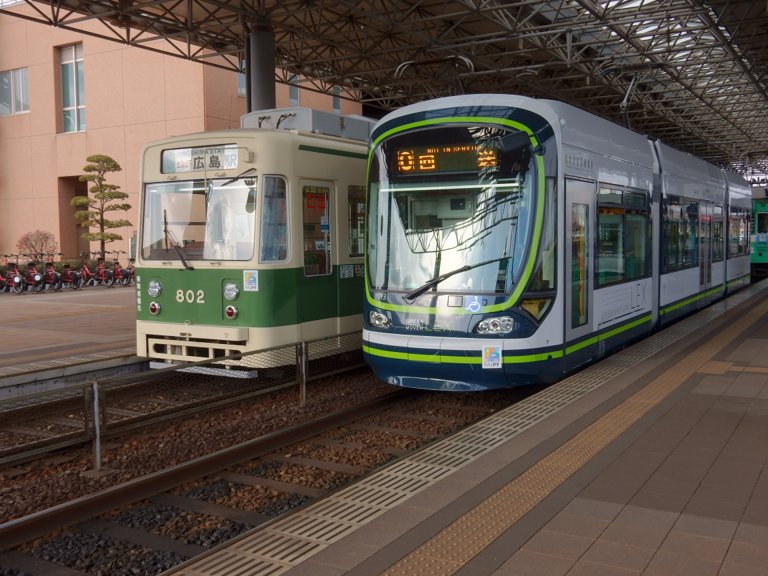
When this one drove past, I geeked out a bit and got a photo just in time:
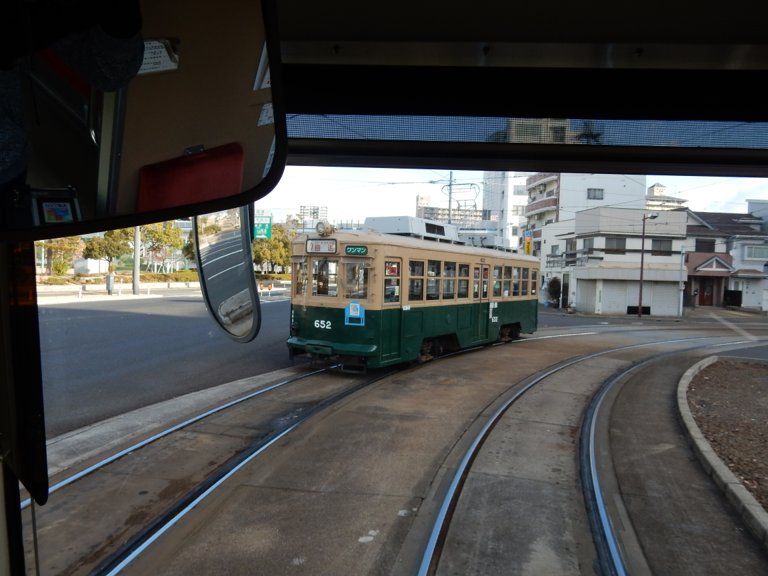
What’s so special about it? Here’s a photo of 652’s sister, 651:
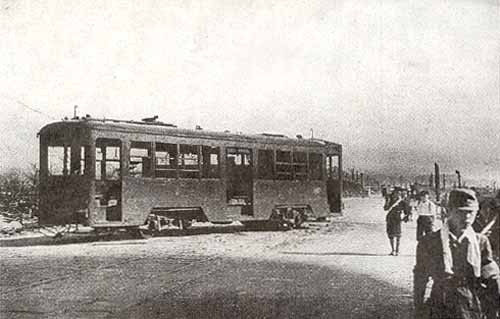
651 and 652 were both hit by the bomb, refurbished, put back into service, and still run today. The Hiroshima Electric Railway Company decided to encourage people to carry on life as normally as possible, so amazingly the first trams were running again within a few days.
This world-famous shrine gate is on the island of Miyajima, an easy ferry ride from Hiroshima.
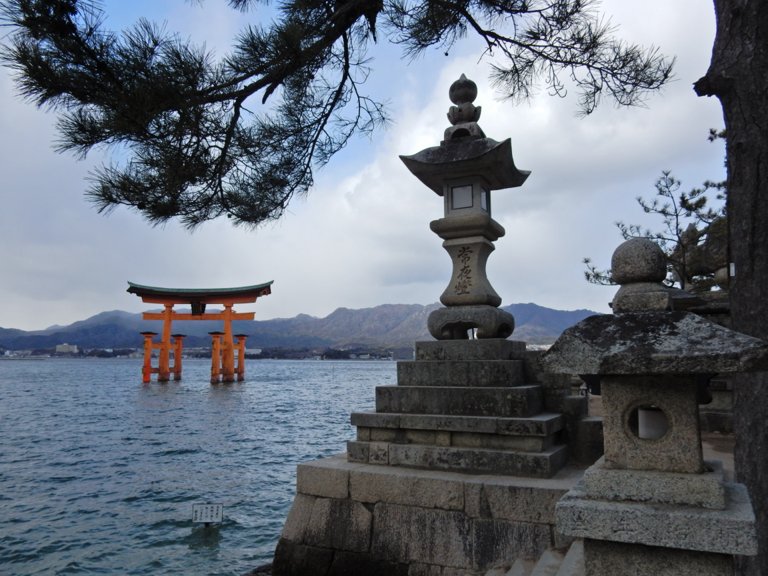
Kure
Next stop was Kure, which was a major navy port in WWII, and the home port of the Yamato, the biggest battleship ever built.
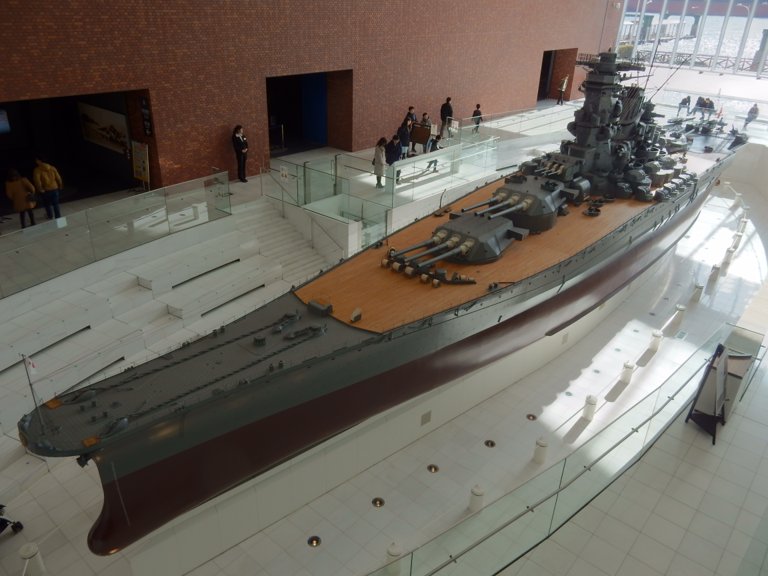
Here’s Kure’s Akishio submarine, nicknamed the “Iron Whale”:
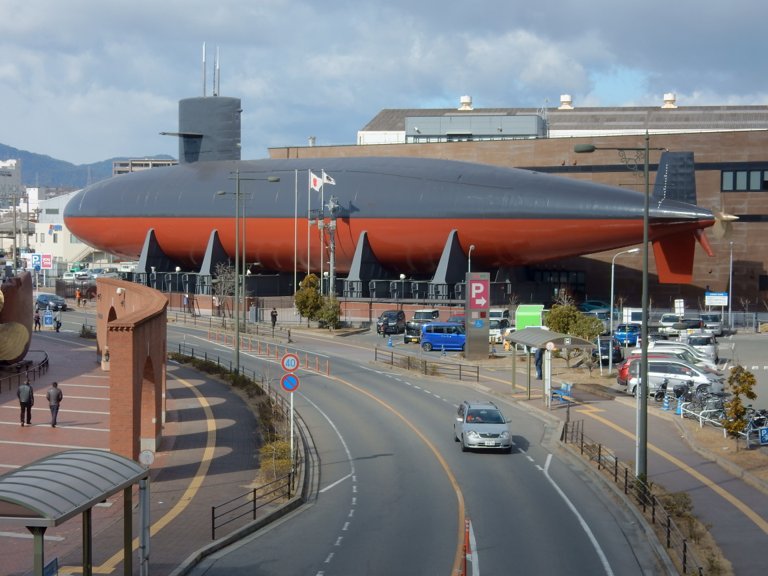
The inside’s open to the public.
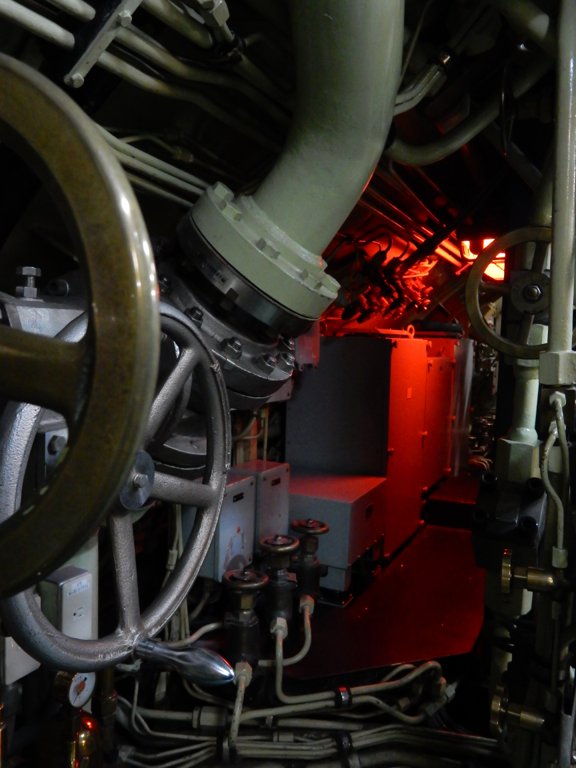
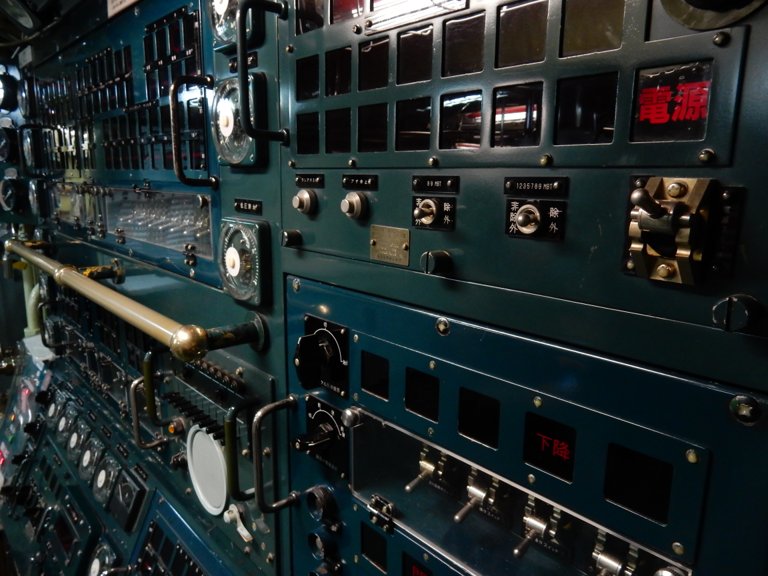
It’s ironic to have a city full of war museums next to a city full of peace memorials, but it’s not 100% a coincidence. Hiroshima didn’t get bombed as much during the war because bombing Hiroshima meant flying bombers past Kure, a much more important target. The fact that Hiroshima still had a relatively large number of buildings standing was one reason it got chosen for the first nuclear bomb used in anger.

Takehara
Next I rode the Kure Line along to Takehara, a small town with a special historical district that’s mostly preserved from hundreds of years ago.
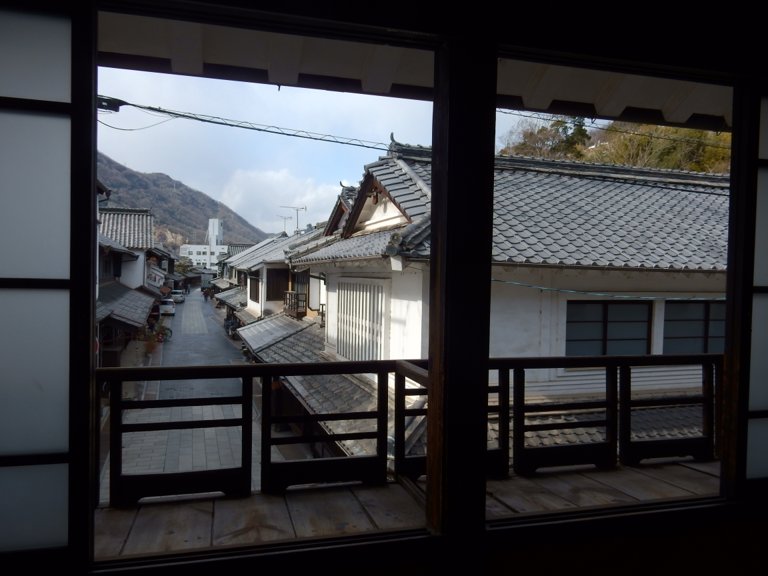
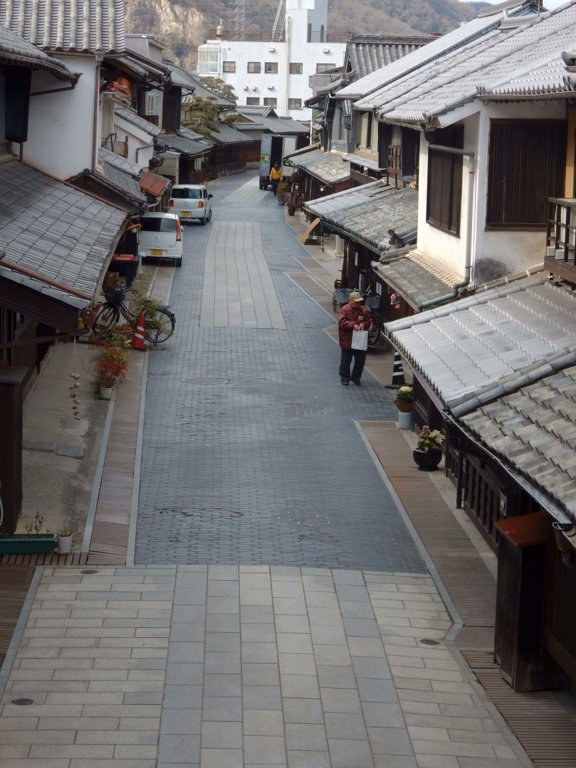
This sake brewery was the birthplace of Masataka Taketsuru, the chemical engineer who went to Scotland and brought back home the secret of Scotch whisky. Great Japanese whiskies like Yamazaki and Miyagikyo exist thanks to him.
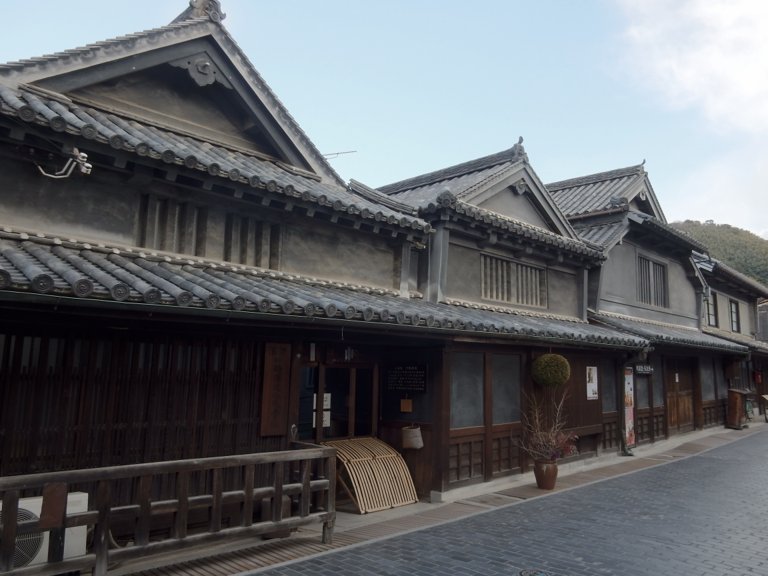
An exhibition of antique hina dolls was running while I was in Takehara.
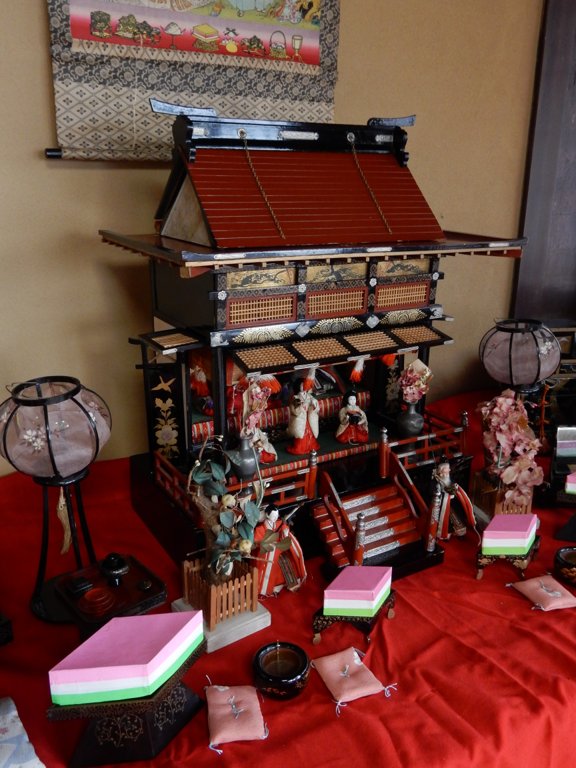
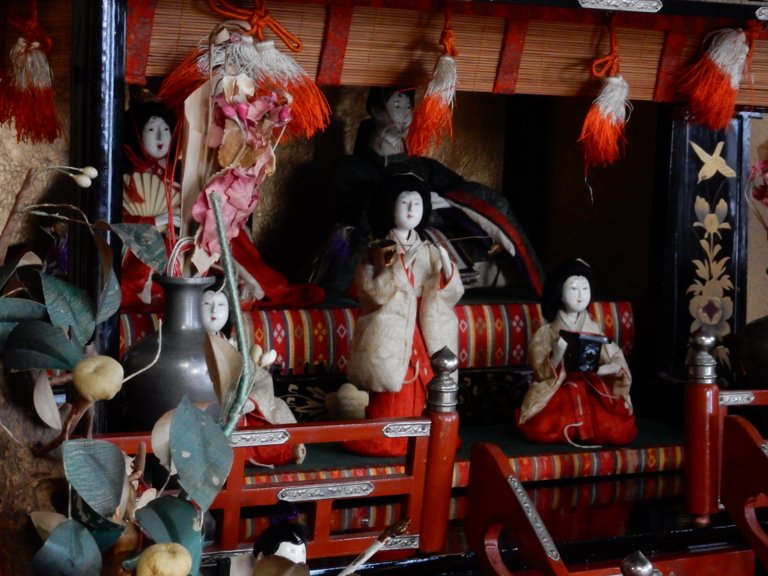
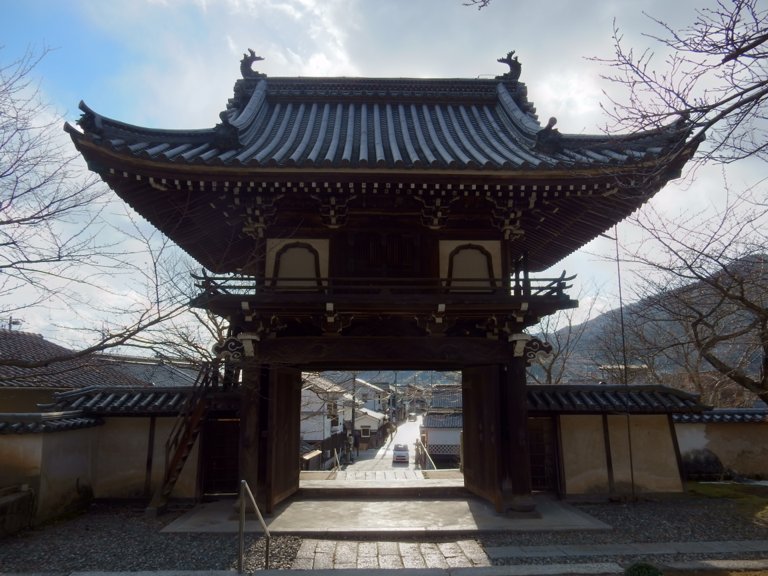
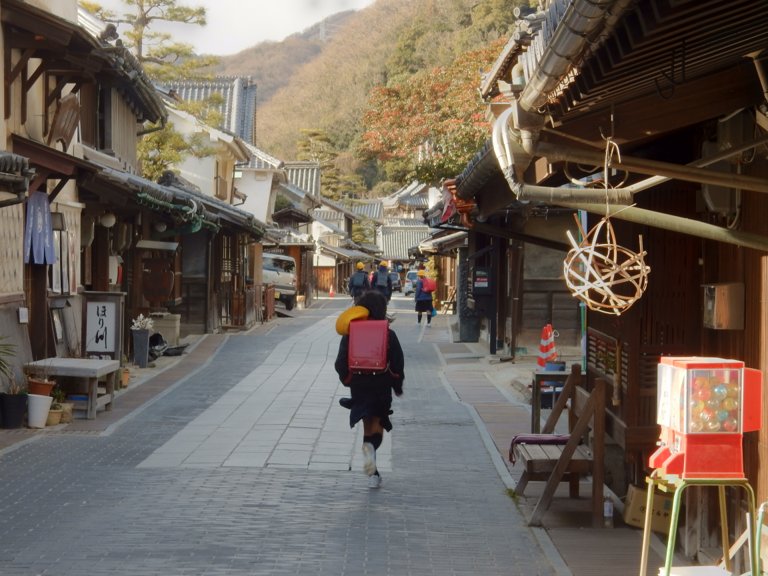
Tadanoumi
I stayed at this little town for the ferry to Ookunoshima.
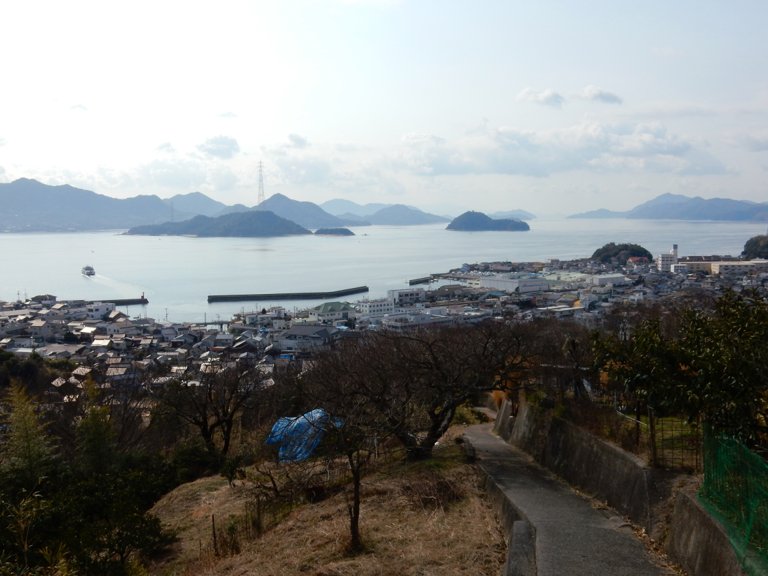
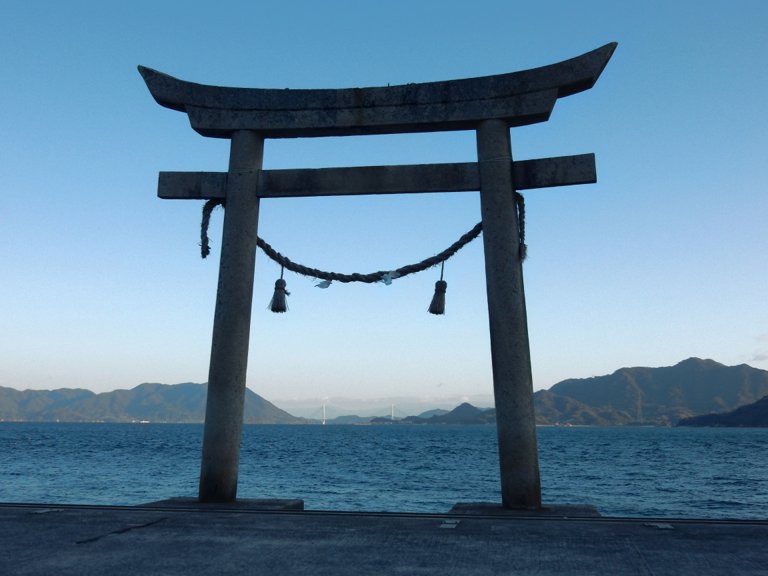
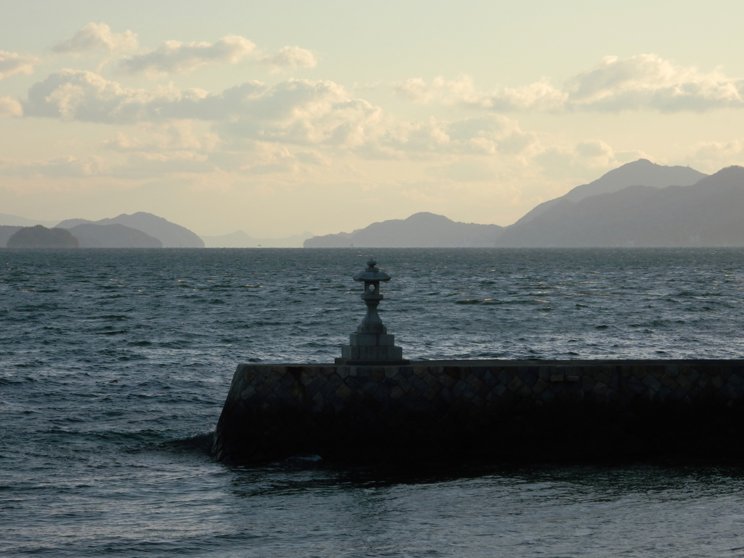
Ookunoshima
This small island was used to make chemical weapons for the war against China. This was done in top secrecy in case the Allies (who, unlike the Chinese, had chemical weapon stockpiles) found out and decided to use chemical weapons themselves. Ookunoshima was censored from Japanese maps during the war.
Apart from the remains of the weapons factories, the island is full of rabbits. They’re super tame — they effectively treat humans like food carriers. A popular theory says they’re descended from lab rabbits released when the facility shut down, but a more mundane theory says they’re just descended from school pets that were released on the island decades ago.
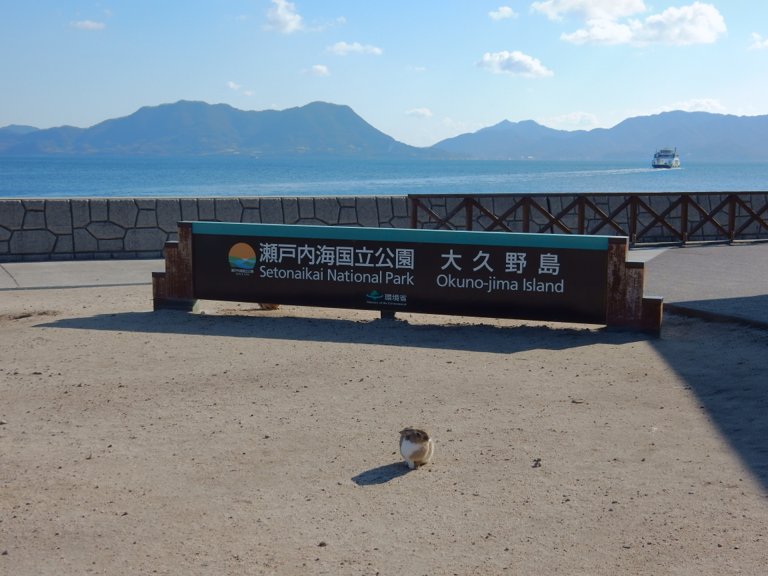
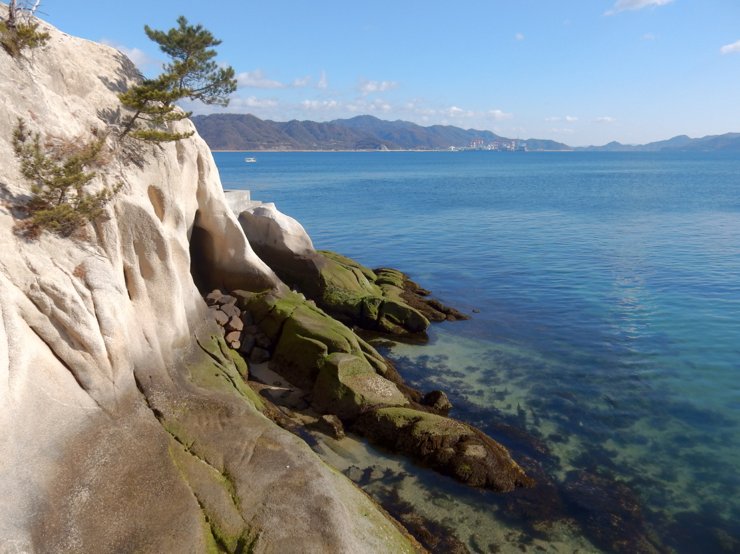
How to be the best friend of dozens of rabbits at once using only a bag of rabbit food from Tadanoumi:
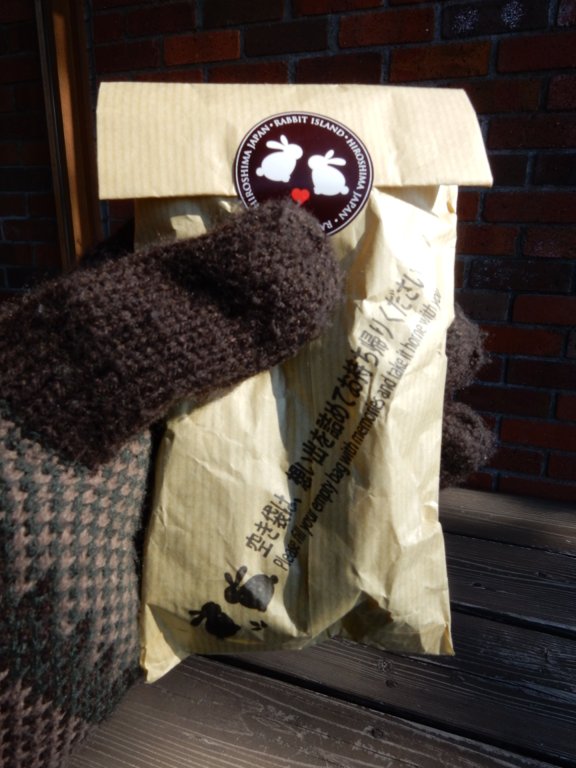
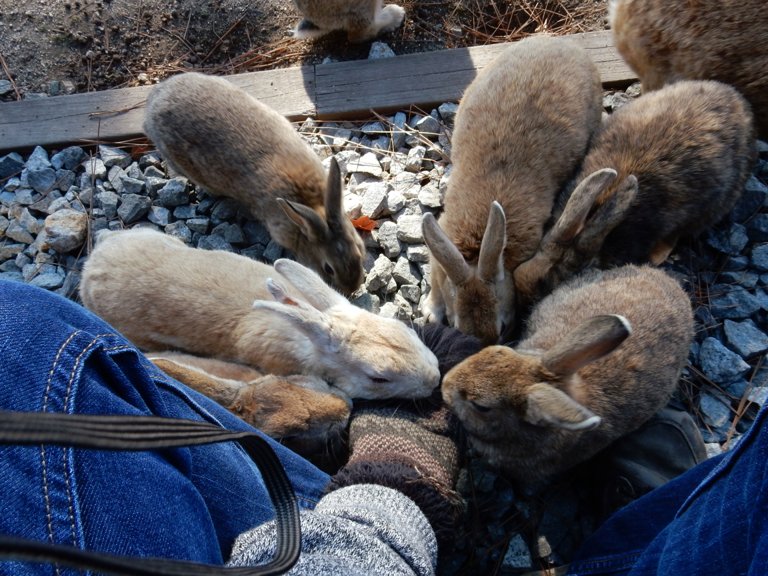
Those rabbits were just the decoys. While I was failing to take that photo, I got mobbed by a bunch of rabbits that stole the food bag and ran off. Rabbits: 1, me: 0.
There’s a peace memorial and a museum on the island. This place has a really strong peace message because it made no one happy. The victims of the weapons suffered, and so did people on both sides who accidentally dug up unexploded/abandoned shells decades after the war, and so did the civilians who were effectively conscripted into working at the site and had lifelong health problems. Of course, in the end, the Japanese army didn’t even win the war.
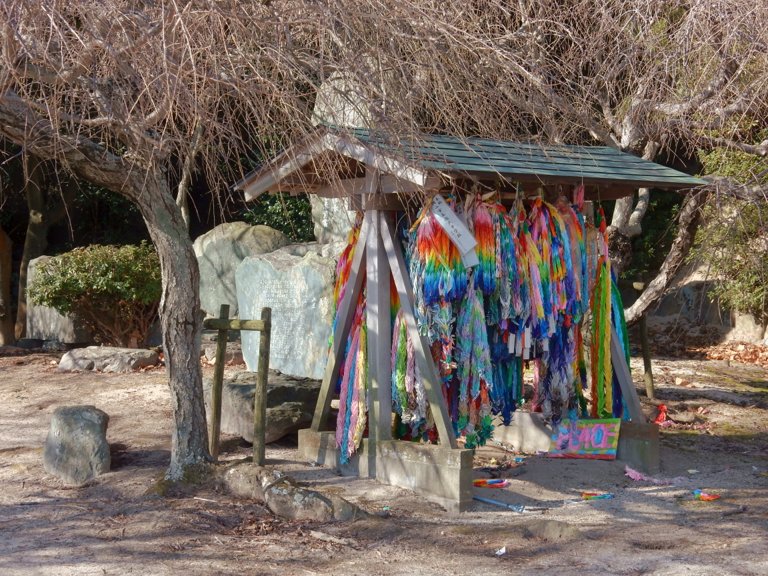
Ookunoshima’s small enough to walk around in a day, and it’s covered with ruins and rabbits.
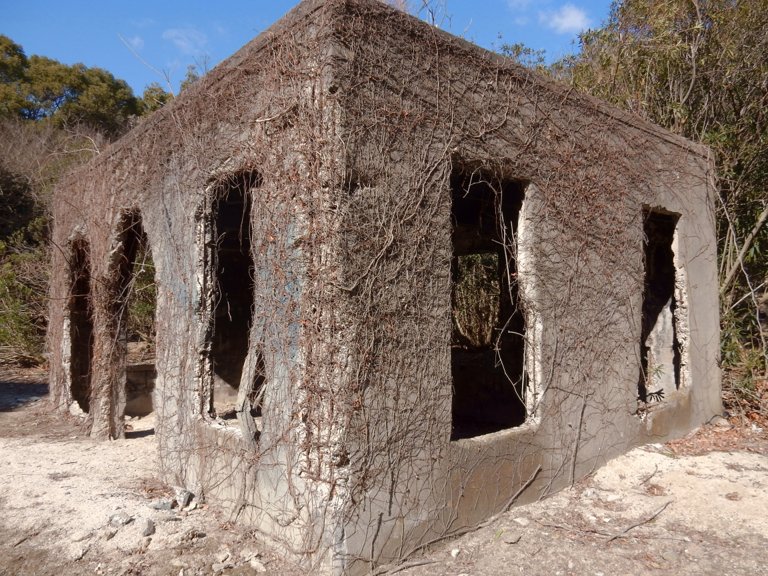
This was a power plant.
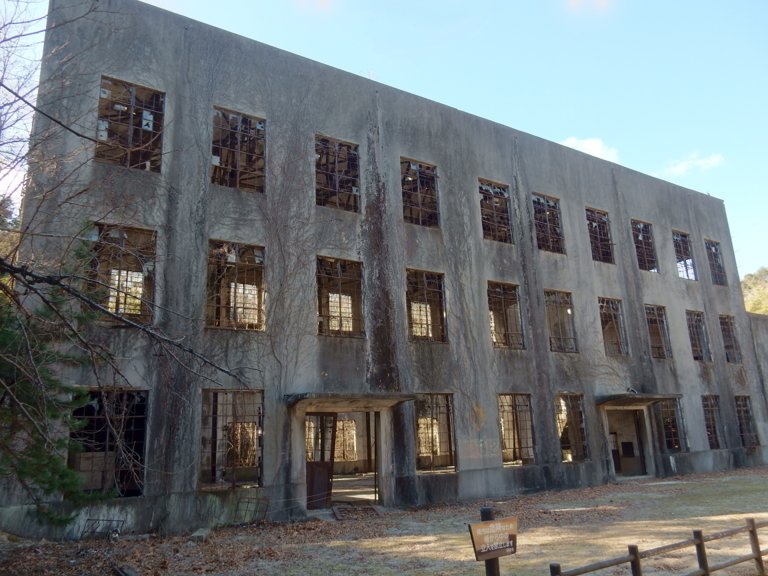
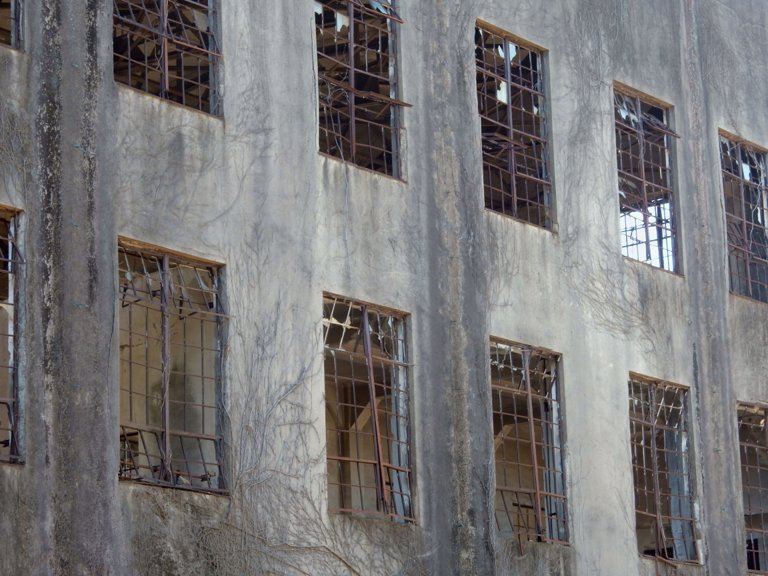
This building contained chemical storage tanks. The walls are black because of the flamethrowers used to clean up the site after the war.
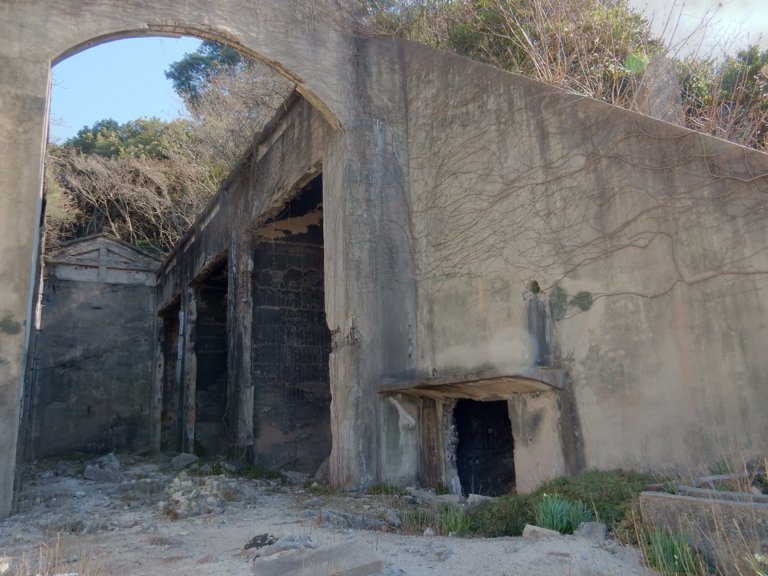
This was a garden.
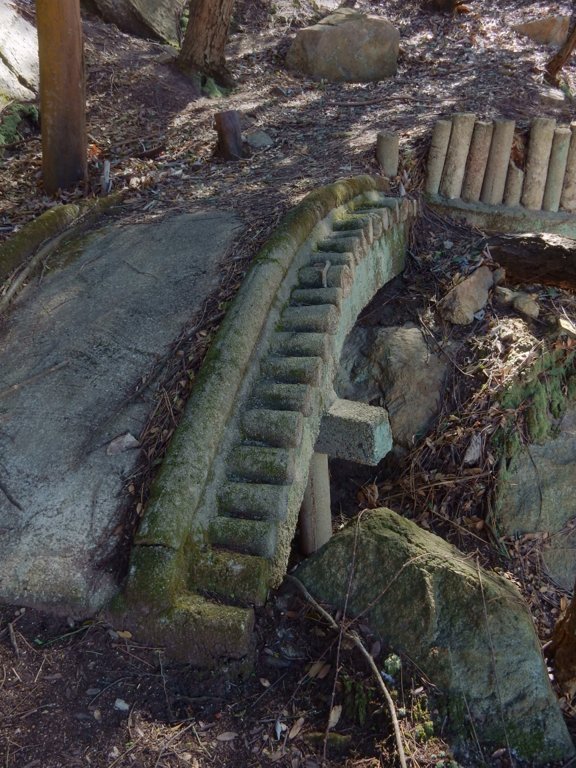
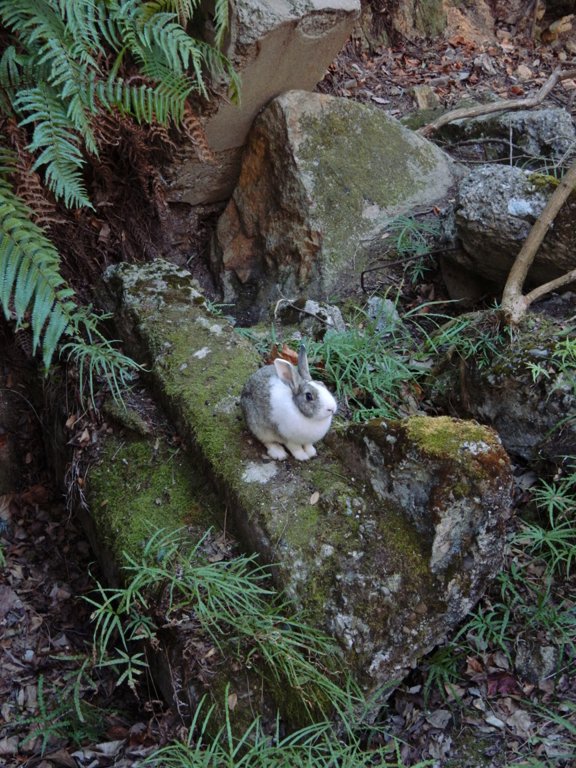
Onomichi
My last stop on the Kure Line was Onomichi.
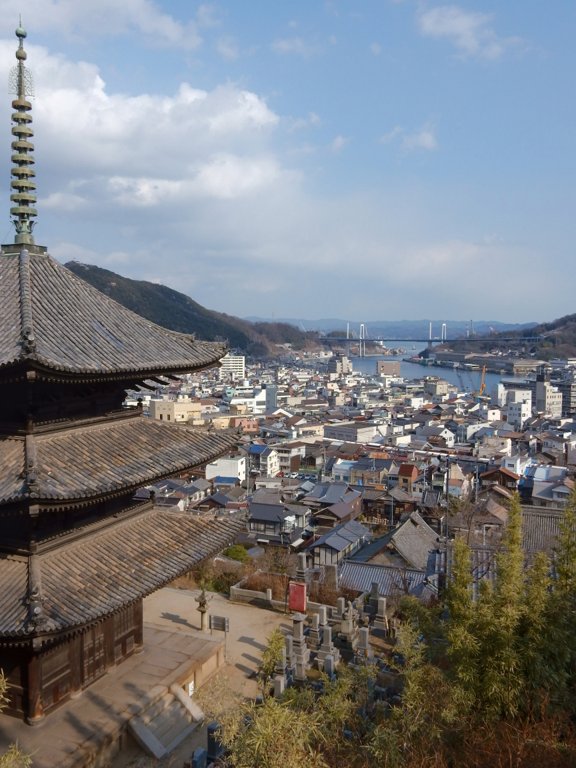
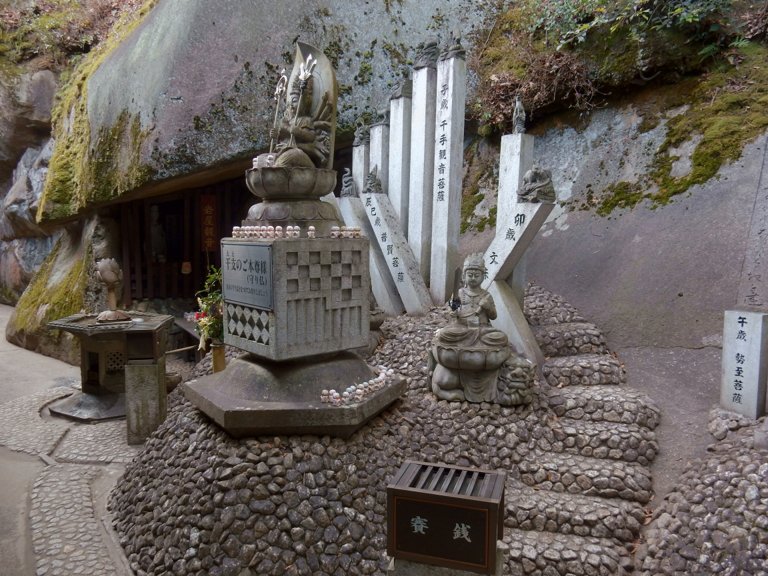
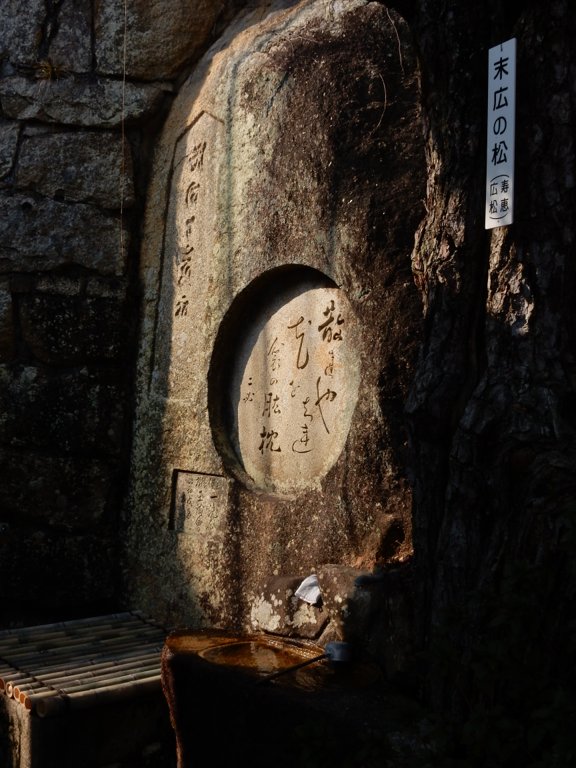
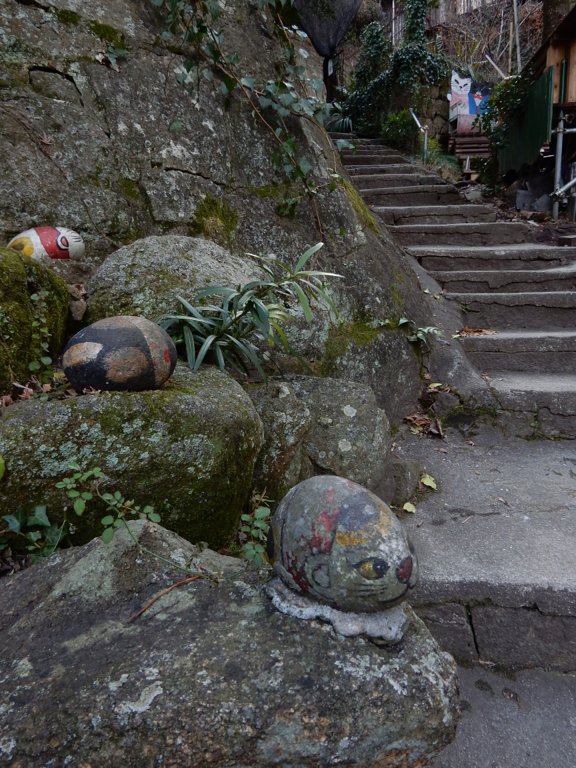
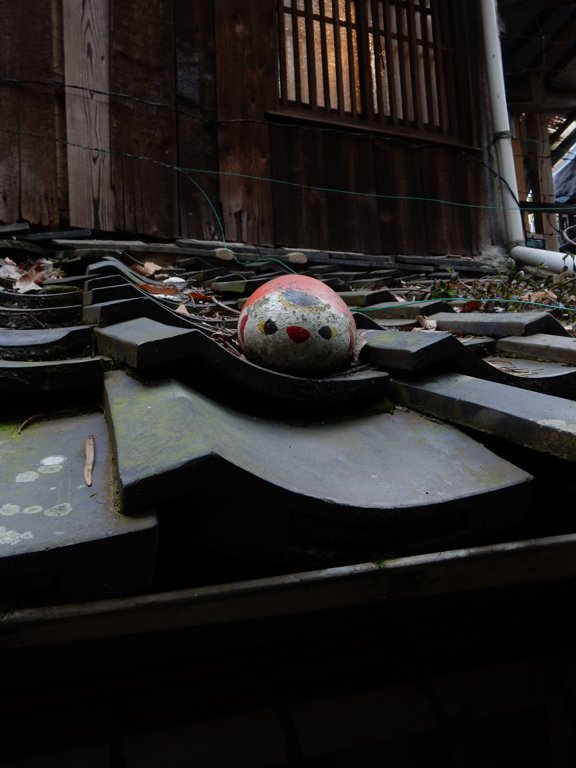
Sunset:
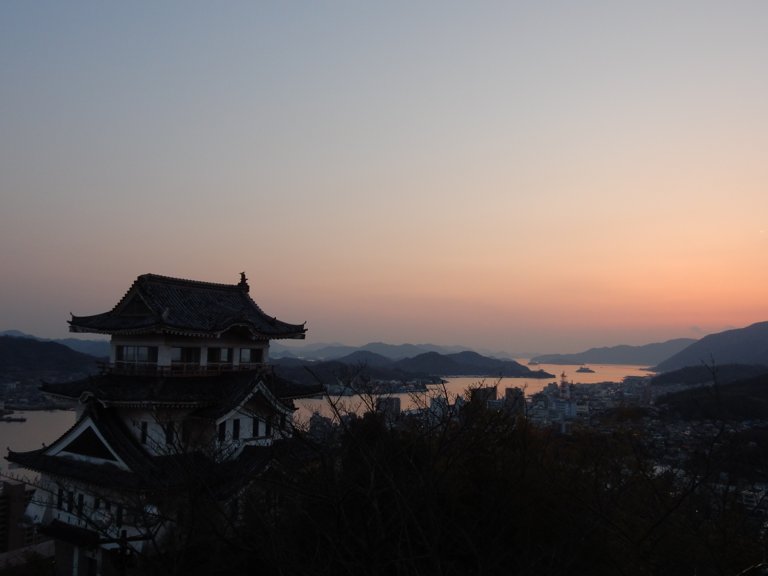
Here’s a typical breakfast while I was backpacking, basically whatever’s easy to get at the local supermarkets: cereal, yoghurt, bread and natto (fermented soybeans). Natto was my best source of protein on the road.
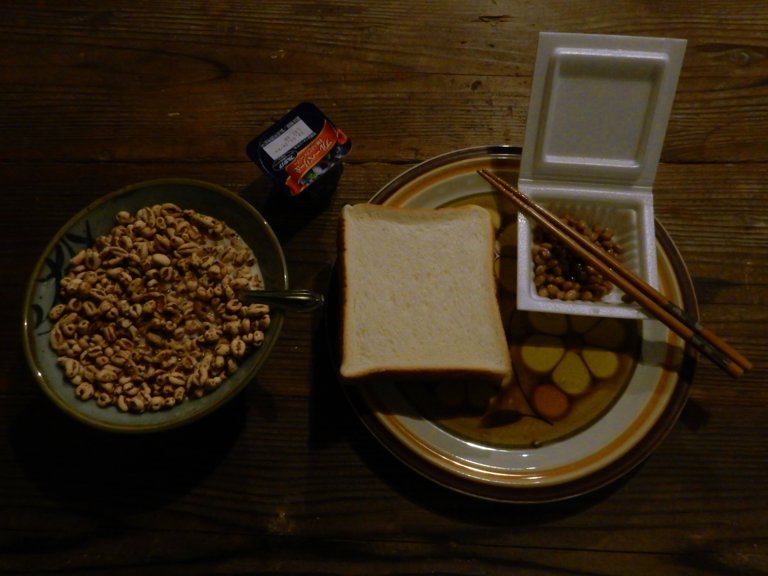
Sunrise:
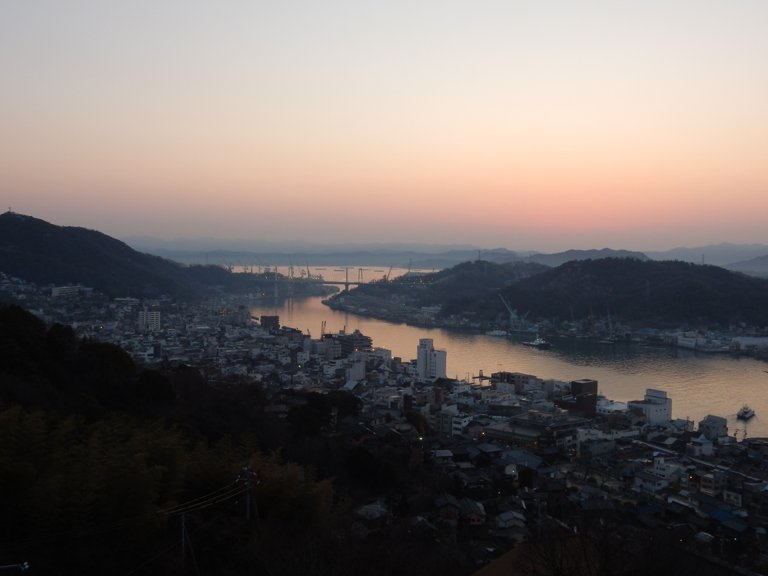
First thing in the morning I went down to the port to get a bike for riding the Shimanami Kaidou.